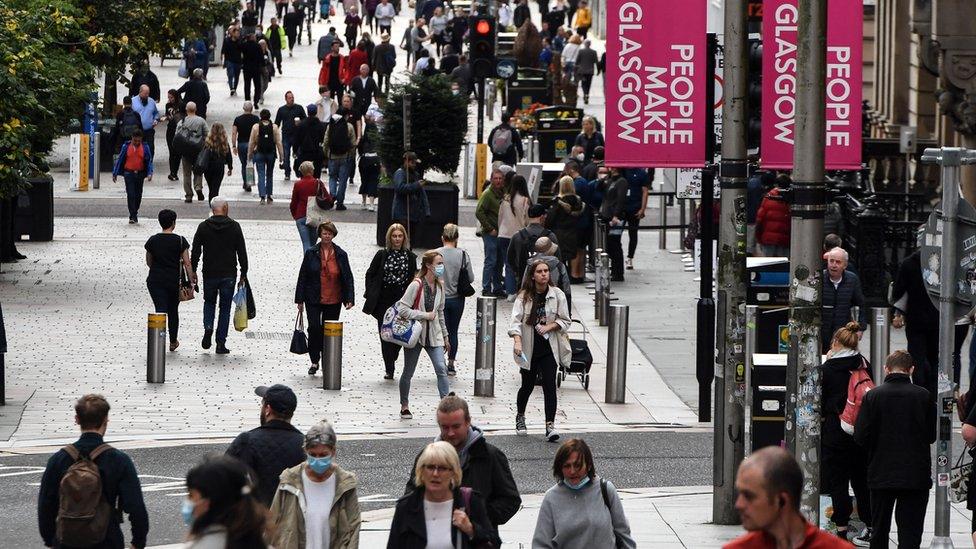Coronavirus: What is the new three-tier alert system?
- Published
- comments
Political expert Charlotte Rose explains the coronavirus tier system
The new three-tier rules for England start on Wednesday 14 October.
The new system places different areas in England into three tiers - areas with more cases will face further rules.
Most of the country is in Tier 1, some places are in Tier 2 and, for the time being, only Liverpool and surrounding areas will go into Tier 3 - for the parts of the country where people face the biggest changes to reduce the risk of catching the virus.
England Covid-19 tiers: Laura Foster explains the rules
You can see what the Tiers mean further down on this page.
The plans were announced by Prime Minister Boris Johnson on Monday 12 October in a live TV broadcast to the nation with the hope of simplifying all the complicated restrictions around the country.
He said: "We must act now" to stop the spread of the virus and bring the number of cases down.
The Chancellor Rishi Sunak, who is the person in charge of the country's money, also set out a new plan to help businesses who will have to shut because of the new restrictions.
Why is this happening?
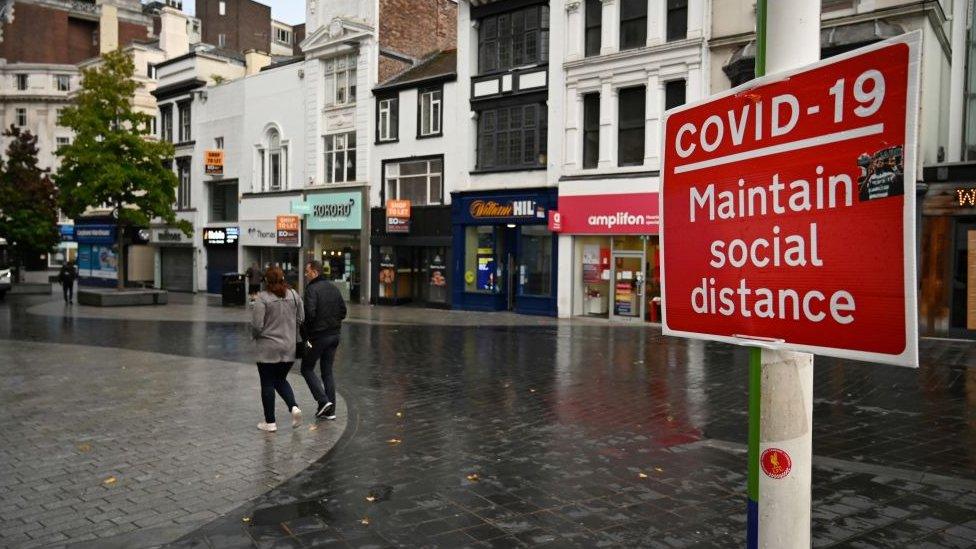
The number of people with coronavirus is rising at different levels in areas across the UK.
Liverpool and surrounding areas have some of the highest infection rates of coronavirus. Liverpool recorded 600 cases per 100,000 people in the week ending 6 October. The average for England was 74.
Local lockdown restrictions have already been put in place in areas of England with high rates of infection such as the North West, North East and West Midlands.
And on 22 September, extra restrictions affecting all of England and Scotland were announced after the government's scientific advisers warned more action was needed to stop a huge rise in new cases. This included a 10pm curfew for restaurants and pubs.
However, despite these measures, cases of the virus are continuing to rise across the country and not just in northern England.
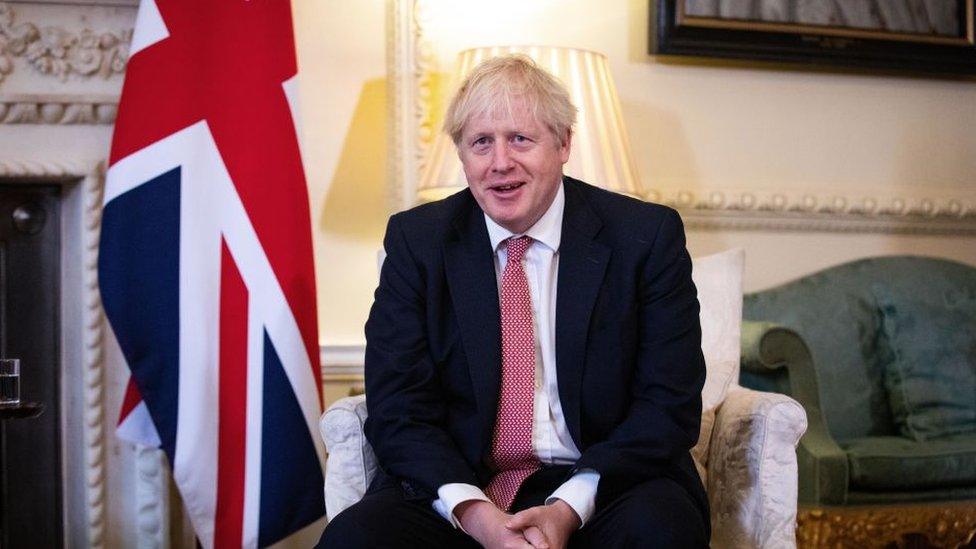
The number of cases has quadrupled in last three weeks and there are more people in hospital with coronavirus than before we went into lockdown in March - so these new restrictions are being put in place to try and help that.
Some people have been calling for another lockdown as we had earlier in the year but the Prime Minister said that he wanted to try to avoid that because it would mean closing all schools and most businesses.
What is the tier system?
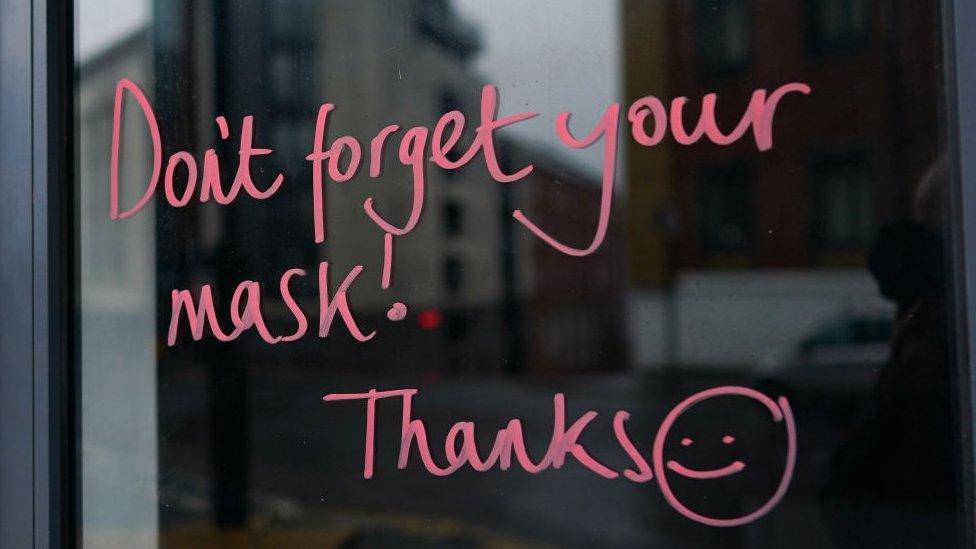
The government has been working on a tier system for local restrictions in England. The aim is to simplify the rules for local lockdowns.
Instead of putting the whole country on lockdown again, now different parts of the country will have different tier levels.
The three-tier system will classify regions as being at a 'medium', 'high' or 'very high' level of alert. So what do they mean?
Tier three - Very high
What does Tier 3 mean for Liverpool and the nearby area
The very high alert level is caused when there has been a significant rise in cases, so additional and stricter rules apply.
Places like pubs and leisure centres would have to close and people won't be allowed to travel between areas.
People will not be allowed to mix socially indoors or in some outdoor spaces like gardens but shops and schools can stay open.
People can meet up in parks, beaches or forests as long as social distancing and the rule of six are followed.
Tier two - High
Areas put into tier two or 'high' level will have added rules meaning people from different homes can only mix outside, as long as the rule of six and social distancing are followed. Nottinghamshire, East and West Cheshire and a small area of High Peak now come into this category, as well as Greater Manchester, parts of South Yorkshire, parts of the West Midlands, and north-east England.
Tier one - Medium
This is the lowest level and will cover most of the country. It includes current national restrictions such as social distancing, a 10pm hospitality curfew and a ban on gatherings of more than six people indoor and out.
How do I know what tier I'm in?
People can check online what tier their region is in.
At the moment only Liverpool and the surrounding area is in tier three - but that could change in the next few weeks.
Can I still go to school?
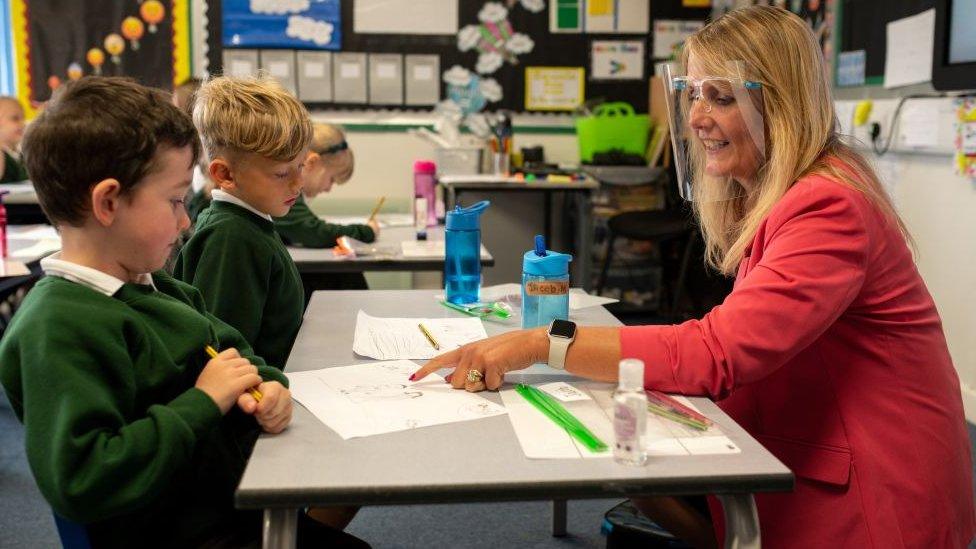
The government is really keen to keep schools open, so yes - you can still go.
As long as schools stick to the guidelines, like keeping pupils in 'bubbles', having one-way systems and making hand washing stations.
What's happening in Wales, Scotland and Northern Ireland?
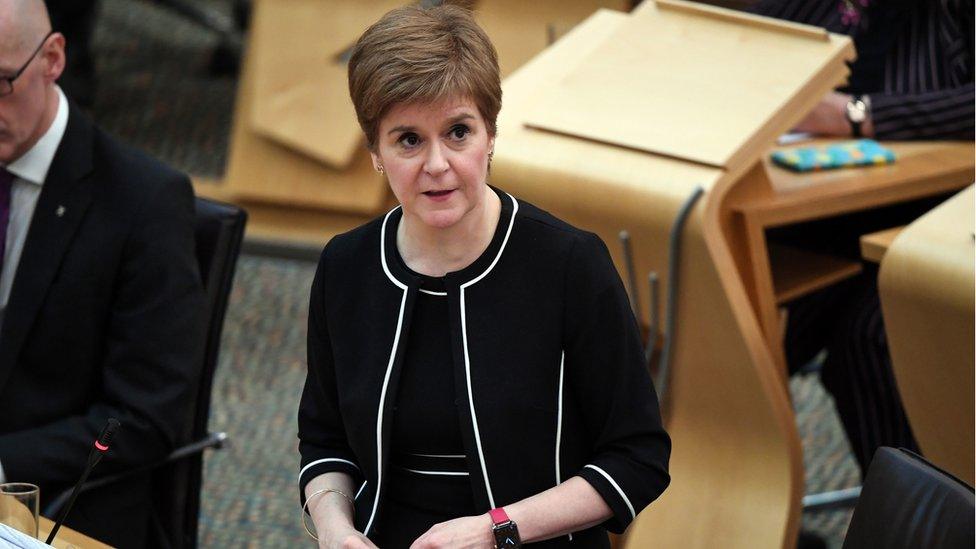
Tougher rules were announced across Scotland to try and stop the number of coronavirus cases going up
Last week First Minister Nicola Sturgeon announced tougher lockdown measures in Scotland.
She said she doesn't want to return to lockdown or that people should stay at home.
Parts of Wales are currently in local lockdown, but the Health Minister there said he's "considering" a second national lockdown.
Minister Arlene Foster recently announced new restrictions for parts of Northern Ireland.
Cafes, restaurants and hotels in the Derry and Strabane council areas are to be placed under new restrictions to try and slow and stop the spread of coronavirus.
Is the government's three-tier system in England enough?
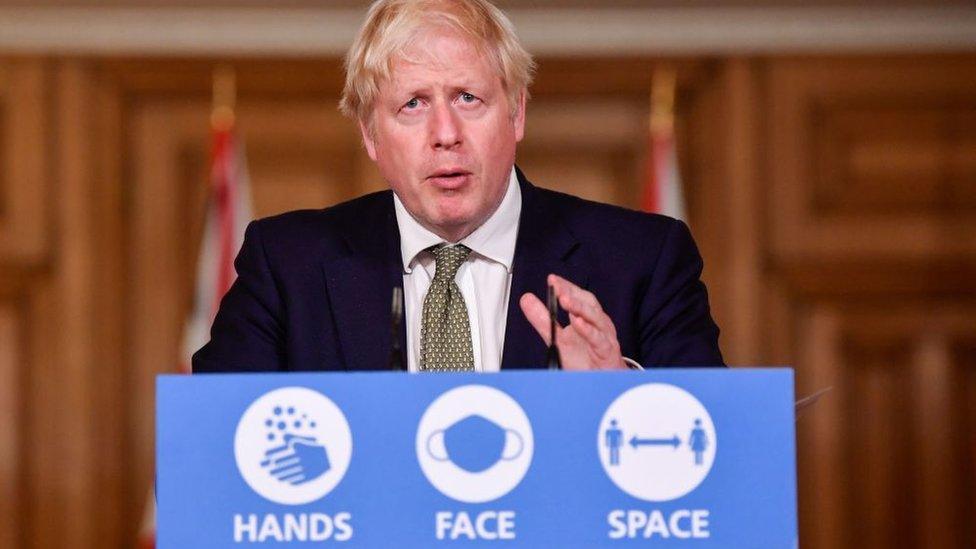
Documents that have recently been shared with the public show that in September the government's scientific advisers, known as Sage, called for a short lockdown of two to three weeks in England.
They advised a nation-wide ban on indoor household mixing, closing all bars, restaurants, cafés, hairdressers and gyms, and putting university and college teaching online. This was rejected by the government.
"A more effective response now may reduce the length of time for which some measures are required," Sage said in September,
They also said that NHS Test and Trace wasn't doing as well as they had hoped. They said it was only having a "marginal impact" and this would "likely decline further" unless the system expanded to keep up with the rise in cases and people were given support to enable them to self-isolate.
The scientists also believed 10pm curfews in bars, pubs, cafes and restaurants were "likely to have a marginal impact".
A government spokesperson, however, said they "took robust" action in September, which means they thought the government's actions were strong enough at the time.
- Published7 June 2021

- Published7 October 2020
